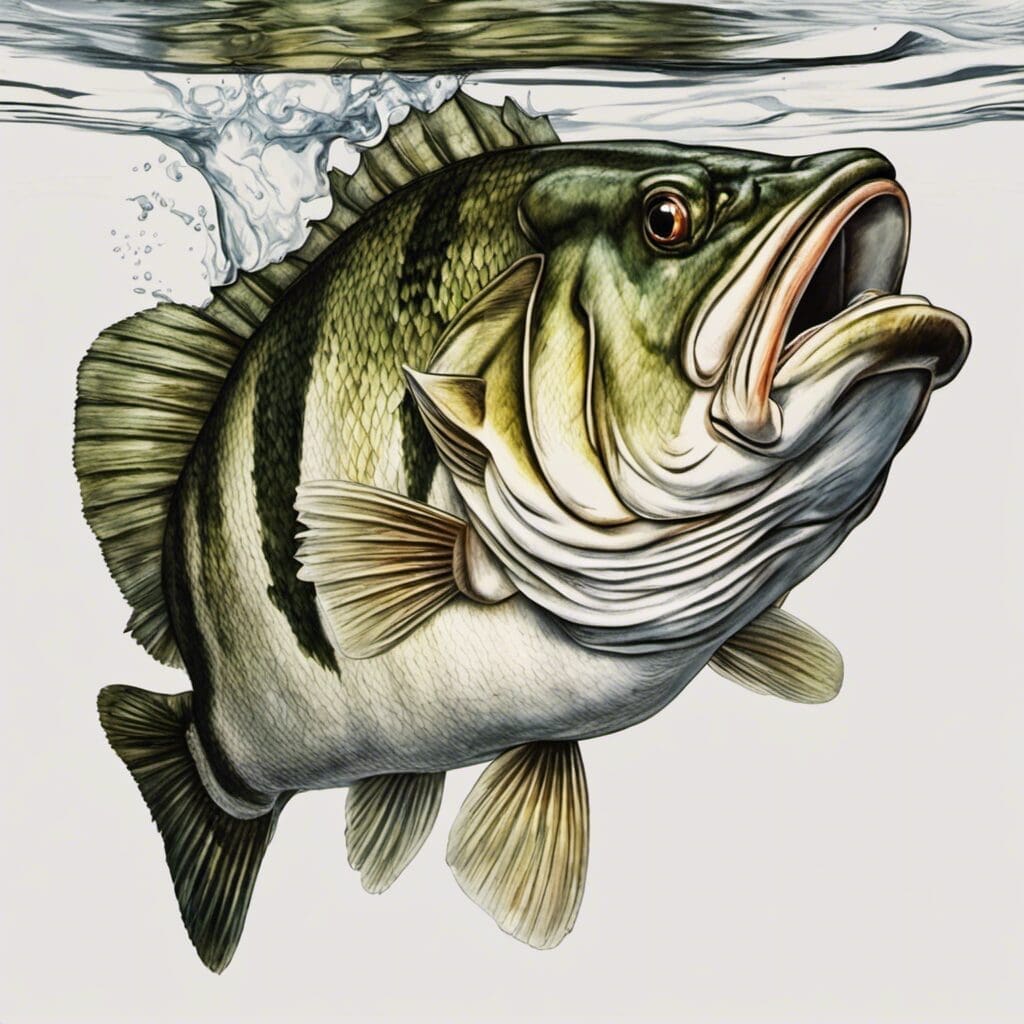Introduction
The Striped Bass, known scientifically as Morone saxatilis, belongs to the family Moronidae. This migratory species is native to both the Atlantic coastline of North America and the Gulf of Mexico. Striped Bass are highly prized by anglers due to their size, fighting ability, and culinary value.
Conservation Status
The Striped Bass is currently listed as a species of least concern by the National Oceanic and Atmospheric Administration. However, conservation efforts for Striped Bass focus largely on implementing and maintaining regulations for recreational treble fishing, as well as managing water quality and habitat requirements.
Statistics
| Statistic | Average | Range |
|---|---|---|
| Length | 25-40 inches | 6-60 inches |
| Weight | 10-30 lbs | 2-125 lbs |
| Lifetime | Up to 30 years | N/A |
Distribution
Striped Bass are found in the Atlantic Ocean, from Canada to Louisiana. They migrate seasonally from their southern winter range to northern states during the spring. During the fall, they move back down to warmer waters for the winter.
Habitats
Striped Bass are known to be highly adaptable and can inhabit brackish coastal waters, freshwater rivers and lakes. They typically prefer water depths of 10-22 meters and a temperature range of 7 to 18°C.
When and Where to See
The best time to see Striped Bass is during their spring and autumn migrations. They are more active early in the morning and late in the evening.
Best Fishing Locations
Striped Bass can be found in various lakes, rivers, and coastal areas. Some top fishing locations in US include:
- Chesapeake Bay, Virginia/Maryland
- Hudson River, New York
- Delaware River, Delaware/New Jersey/Pennsylvania
- Lake Texoma, Texas/Oklahoma
- Sacramento River, California
How to Catch
Plugs, jigs, and live bait are the preferred choices for catching Striped Bass. Fly fishing, trolling, and bottom fishing are common techniques used. The best time to fish for Striped Bass is during their spring and fall migrations, especially early in the morning or late in the evening.
Identification Guide
Striped Bass have a streamlined, silvery body with 7-8 continuous black stripes running from behind the gills to the base of the tail. They have a sharp pointy head and two dorsal fins.
Culinary Information
Striped Bass has a firm, white meat with a mild flavor. It can be grilled, baked, broiled or fried and is commonly served with a lemon butter sauce. Nutritional Information (per 100g): 97 Calories, 20g Protein, 0.95g Fat, 58mg Cholesterol.
Additional Information
Striped Bass are predators and feed mainly on small fish and invertebrates. They are known for their spectacular leaps out of the water when feeding. Predators of striped bass include larger fish, birds of prey, and humans.
References and Further Reading
For further reading, consider the following:
NOAA Fisheries – Atlantic Striped Bass
FishBase – Morone saxatilis

